Table of Contents
- Introduction
- What Is Ground Horseradish?
- Creative Uses of Ground Horseradish in Cooking
- Flavor Profile and Comparison with Other Spices
- Buying Guide: How to Choose the Best Ground Horseradish
- Storage Tips for Maximum Freshness
- Tasty Recipes Featuring Ground Horseradish
- Myths vs. Facts About Ground Horseradish
- Frequently Asked Questions About Ground Horseradish
- Conclusion
Introduction
Ground horseradish is a dried, powdered form of the horseradish root (Armoracia rusticana), known for its sharp, pungent flavor and sinus-clearing heat. Unlike fresh horseradish, which must be used immediately after grating, ground horseradish offers a longer shelf life while retaining much of its distinctive flavor. This complete guide covers everything you need to know about ground horseradish, including its uses, storage, comparisons with other spices, recipes, and more.
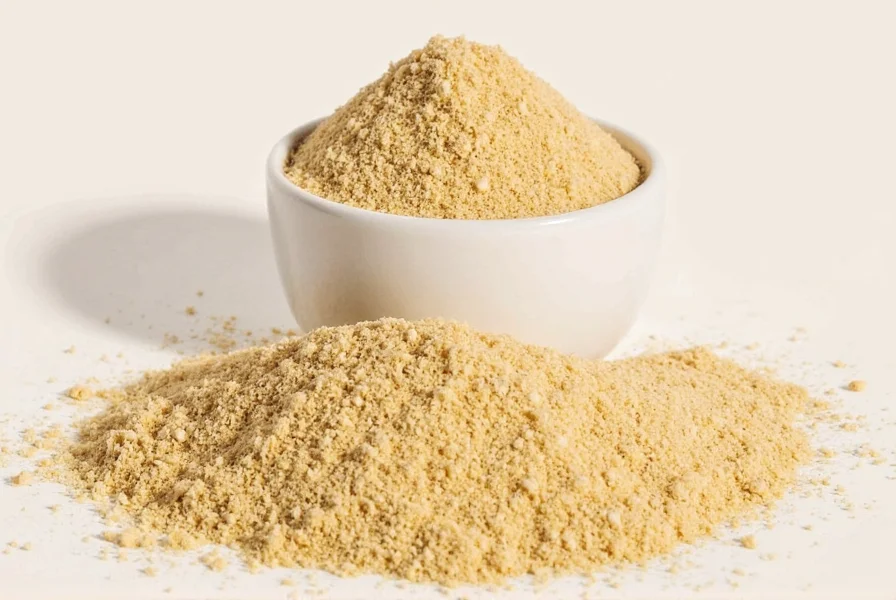
What Is Ground Horseradish?
Horseradish, scientifically known as Armoracia rusticana, is a root vegetable related to mustard, wasabi, and cabbage. While fresh horseradish root is often grated and used immediately for maximum potency, ground horseradish is the dried, powdered version of the root — making it more convenient for storage and long-term use.
The process involves drying the roots thoroughly and then grinding them into a fine powder. Some commercial versions may also contain anti-caking agents or other spices to balance the intense heat. Compared to fresh horseradish, the ground form offers a longer shelf life while still preserving much of the sharp, earthy flavor.
Historical Background
Originating from Eastern Europe, horseradish has been cultivated since ancient times. It was used by the Greeks for medicinal purposes and later became a staple in European cuisines. Today, it's a must-have in delis, restaurants, and home kitchens around the world.
Creative Uses of Ground Horseradish in Cooking
Don't let the intense flavor scare you off — ground horseradish is incredibly versatile once you get to know it. Here are five clever ways to make the most of this spicy wonder:
- Boost Your Sauces: Mix a pinch into mayonnaise, sour cream, or aioli for an instant upgrade. Perfect for dipping fries or topping burgers.
- Marinades & Rubs: Combine with olive oil, garlic, and herbs to create a bold marinade for steak, pork, or roasted vegetables.
- Cocktail Enhancer: Add a dash to Bloody Mary mix for a fiery twist that wakes up your taste buds.
- Spice Up Soups: Stir into potato soup or tomato bisque for a warm, sharp finish.
- Dry Brine Magic: Sprinkle over chicken wings before baking for a spicy crust that adds depth without overpowering.
Flavor Profile and Comparison with Other Spices
Ground horseradish is known for its sharp, sinus-clearing heat that differs from capsaicin-based peppers. Instead, its punch comes from volatile compounds called isothiocyanates, which evaporate quickly and hit your nose before your tongue even knows what's happening.
To help you understand where it stands among other popular spices, here's a quick comparison table:
| Spice | Heat Type | Flavor Notes | Best For |
|---|---|---|---|
| Ground Horseradish | Nasal, sharp, pungent | Earthy, tangy, spicy | Sauces, dips, marinades, soups |
| Mustard Powder | Peppery, warming | Earthy, nutty, slightly sweet | Dressings, rubs, pickling |
| Wasabi Powder | Intense but short-lived | Grassy, herbal, spicy | Sushi, seafood sauces |
| Cayenne Pepper | Burning, lingering | Smoky, hot, earthy | Chili, stews, hot sauces |
Buying Guide: How to Choose the Best Ground Horseradish
Not all ground horseradish is created equal. Here's what to look for when selecting the best ground horseradish for your kitchen:
- Purity: Look for products labeled as "pure horseradish" without fillers or additives. Some products may contain anti-caking agents, which are generally acceptable in small amounts.
- Expiration Date: Check the expiration date to ensure freshness. Ground horseradish loses potency over time.
- Storage Conditions: Choose airtight containers to prevent moisture and air exposure, which can degrade the spice.
- Heat Level: Ground horseradish varies in heat intensity. If you prefer a milder flavor, look for products specifically labeled as "mild" or "medium".
- Brand Reputation: Choose reputable brands known for quality spices. Look for brands with positive customer reviews and consistent quality.
Avoid products with excessive additives or those that don't clearly state the ingredients. For the best flavor, choose a product that has been recently manufactured and stored properly.
Storage Tips for Maximum Freshness
Ground horseradish doesn't spoil easily, but its potency diminishes over time. To keep it tasting its best:
- Airtight Container: Transfer it to a sealed glass jar to prevent moisture and air exposure.
- Cool, Dry Place: Store away from direct sunlight and heat sources like ovens or radiators.
- Refrigeration Optional: For extra longevity, store in the fridge after opening, especially in humid climates.
- Label It: Mark the purchase date so you know when it's time to refresh your supply.
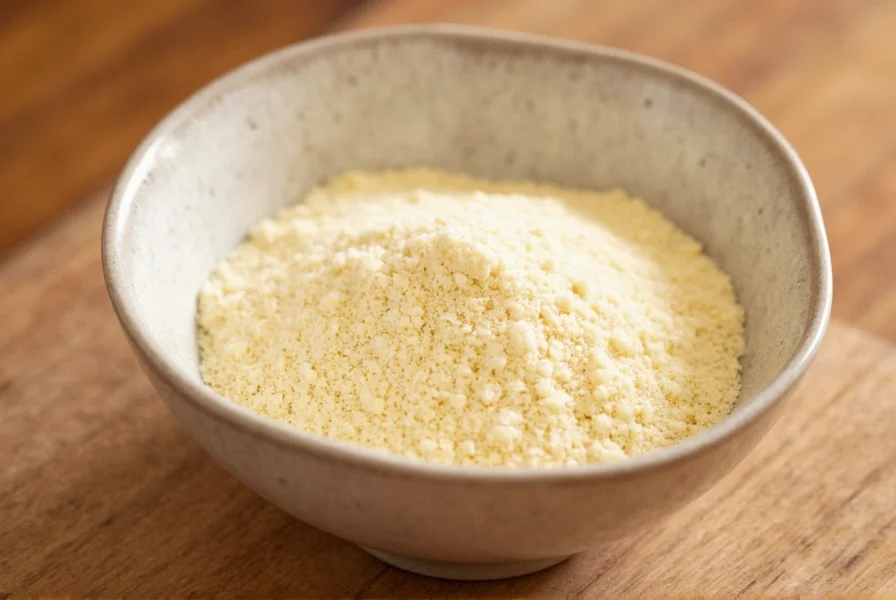
Tasty Recipes Featuring Ground Horseradish
Ready to bring the heat? Try these three mouthwatering recipes that showcase ground horseradish at its finest:
1. Creamy Horseradish Dip
Ingredients:
- 1/4 cup sour cream
- 1/4 cup mayonnaise
- 1 tsp ground horseradish
- 1 tbsp lemon juice
- Salt to taste
Instructions: Mix all ingredients in a bowl. Chill for 30 minutes before serving. Great with pretzels, chips, or grilled meats.
2. Horseradish-Marinated Chicken Wings
Ingredients:
- 1 lb chicken wings
- 1 tsp ground horseradish
- 1 tbsp olive oil
- 1 clove garlic, minced
- Salt & pepper to taste
Instructions: Combine horseradish, olive oil, garlic, salt, and pepper. Marinate chicken wings for at least 1 hour. Bake at 400°F (200°C) for 35–40 minutes until crispy.
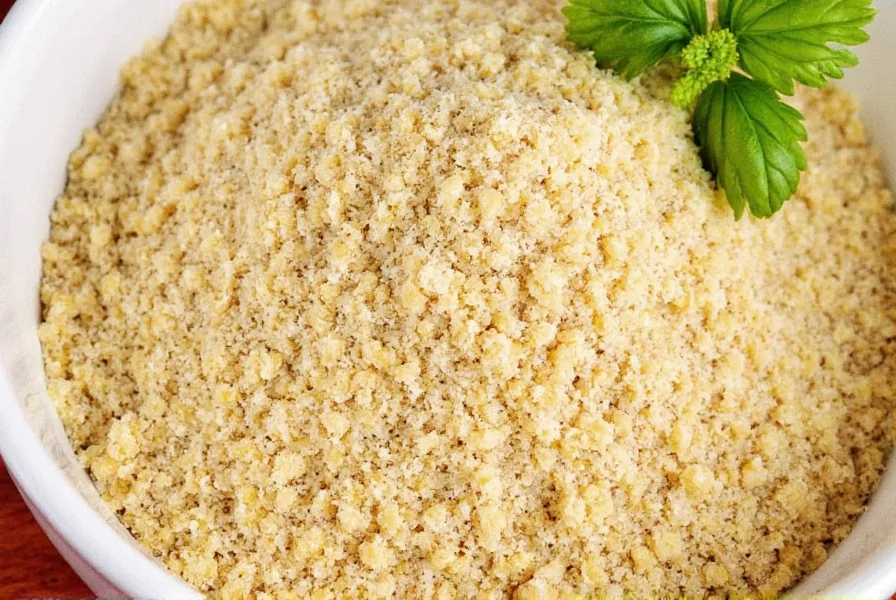
3. Zesty Potato Soup
Ingredients:
- 4 cups potatoes, diced
- 1 onion, chopped
- 2 cloves garlic
- 1 tsp ground horseradish
- 2 cups vegetable broth
- 1/2 cup heavy cream (optional)
Instructions: Sauté onions and garlic until soft. Add potatoes, broth, and horseradish. Simmer until tender. Blend until smooth and stir in cream if desired.
Myths vs. Facts About Ground Horseradish
Let's bust some common myths floating around about ground horseradish:
- Myth: Ground horseradish is the same as wasabi.
- Fact: While both belong to the Brassicaceae family and have a similar kick, they come from different plants and have distinct flavor profiles.
- Myth: Ground horseradish makes you sneeze because it's spicy.
- Fact: It actually triggers your olfactory senses due to volatile compounds that irritate nasal passages, not your taste buds.
- Myth: Once opened, ground horseradish loses all flavor quickly.
- Fact: Properly stored, it retains most of its potency for up to two years. Just seal it tightly!
Frequently Asked Questions About Ground Horseradish
What is the difference between ground horseradish and prepared horseradish?
Ground horseradish is the dried, powdered form of the horseradish root, while prepared horseradish is made by grating fresh horseradish root and mixing it with vinegar and other ingredients. Ground horseradish has a longer shelf life but milder heat compared to prepared horseradish, which is more potent but must be refrigerated and used quickly.
How much ground horseradish equals fresh horseradish?
As a general rule, 1/2 teaspoon of ground horseradish equals approximately 1 tablespoon of freshly grated horseradish. However, because ground horseradish is less potent than fresh, you may need to adjust to taste. Start with less and add gradually until you achieve your desired heat level.
Does ground horseradish go bad?
Ground horseradish doesn't spoil in the traditional sense but gradually loses its potency over time. Properly stored in an airtight container away from heat and moisture, it can retain good flavor for 2-3 years. The main indicator of diminished quality is a weaker aroma and less intense flavor when used in cooking.
Can I substitute ground horseradish for prepared horseradish?
Yes, but with some adjustments. For every tablespoon of prepared horseradish called for in a recipe, use 1/2 to 1 teaspoon of ground horseradish mixed with 1-2 teaspoons of water or vinegar to reconstitute it. Keep in mind that the flavor profile will be slightly different, as prepared horseradish has a more complex, sharper heat.
Is ground horseradish healthy?
Yes, ground horseradish retains many of the health benefits of fresh horseradish, including vitamin C, potassium, and antioxidants. The active compound, allyl isothiocyanate, has antimicrobial and potential anti-cancer properties. However, because it's used in small quantities, the nutritional impact in most dishes is minimal. It's low in calories and can be part of a healthy diet when used in moderation.
Why doesn't my ground horseradish have much heat?
Ground horseradish loses potency over time, especially when exposed to air, heat, or moisture. If your ground horseradish has lost its characteristic heat, it's likely old or improperly stored. The volatile compounds responsible for the heat (isothiocyanates) degrade over time. For maximum heat, buy from a store with good turnover, check the expiration date, and store in an airtight container in a cool, dark place.
Can I make my own ground horseradish at home?
Yes! Peel fresh horseradish root, cut into small pieces, and dry them thoroughly in a dehydrator or low-temperature oven (150°F/65°C) until completely dry and brittle. Then grind the dried pieces in a spice grinder or mortar and pestle until you achieve a fine powder. Store in an airtight container away from light. Homemade ground horseradish will be more potent than store-bought versions but has a shorter shelf life.
What foods pair best with ground horseradish?
Ground horseradish pairs exceptionally well with rich, fatty foods as it cuts through richness and adds brightness. It's excellent with beef, pork, salmon, potatoes, cream sauces, and eggs. It also complements cheese dishes, especially in horseradish cheddar spreads. For vegetarian options, try it with roasted root vegetables, mushroom dishes, or in creamy vegetable soups for added depth.
Conclusion
Ground horseradish is more than just a spicy condiment — it's a culinary game-changer. From elevating sauces to adding a kick to your comfort foods, it deserves a permanent spot in your spice rack.
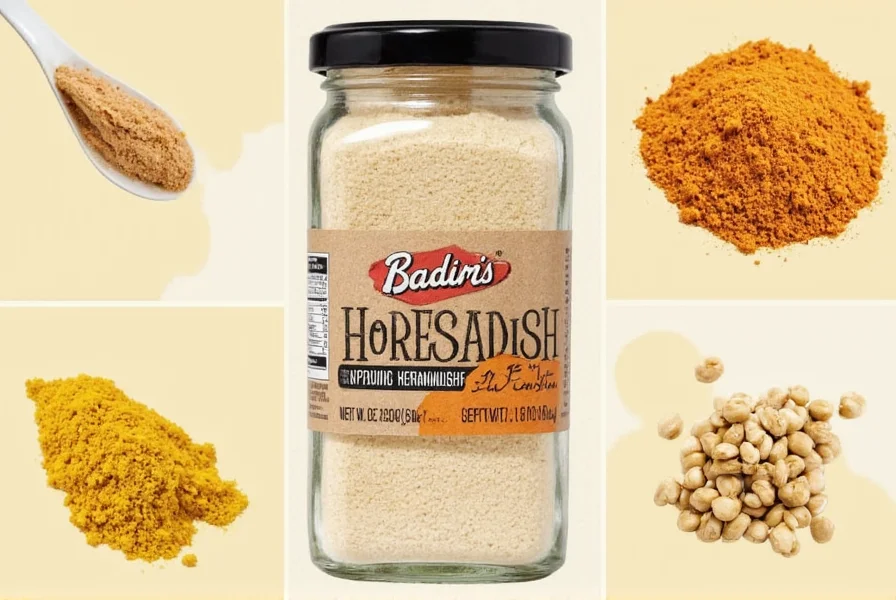
With this guide, you're now equipped to shop smarter, cook bolder, and impress your guests with dishes that pack a flavorful punch. So go ahead, open that jar, and let the heat work its magic!

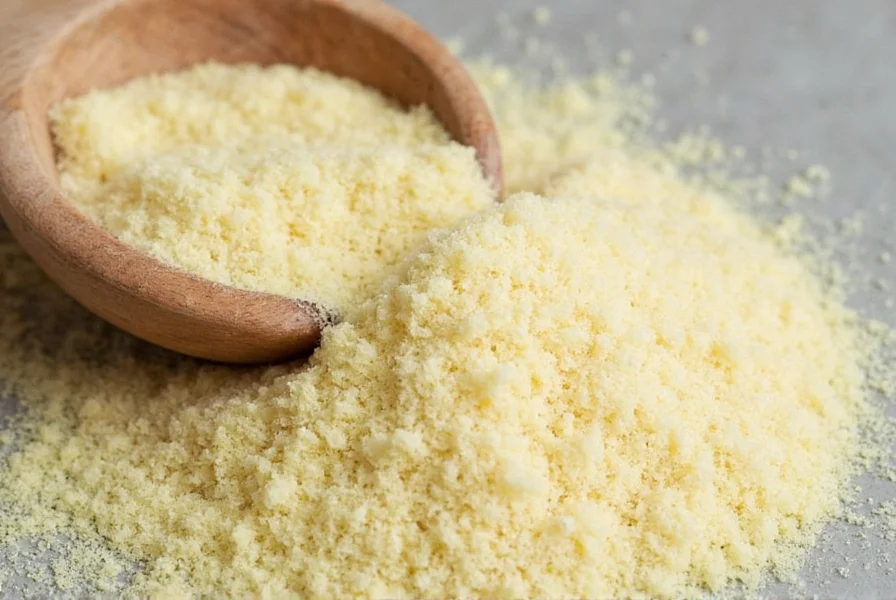









 浙公网安备
33010002000092号
浙公网安备
33010002000092号 浙B2-20120091-4
浙B2-20120091-4